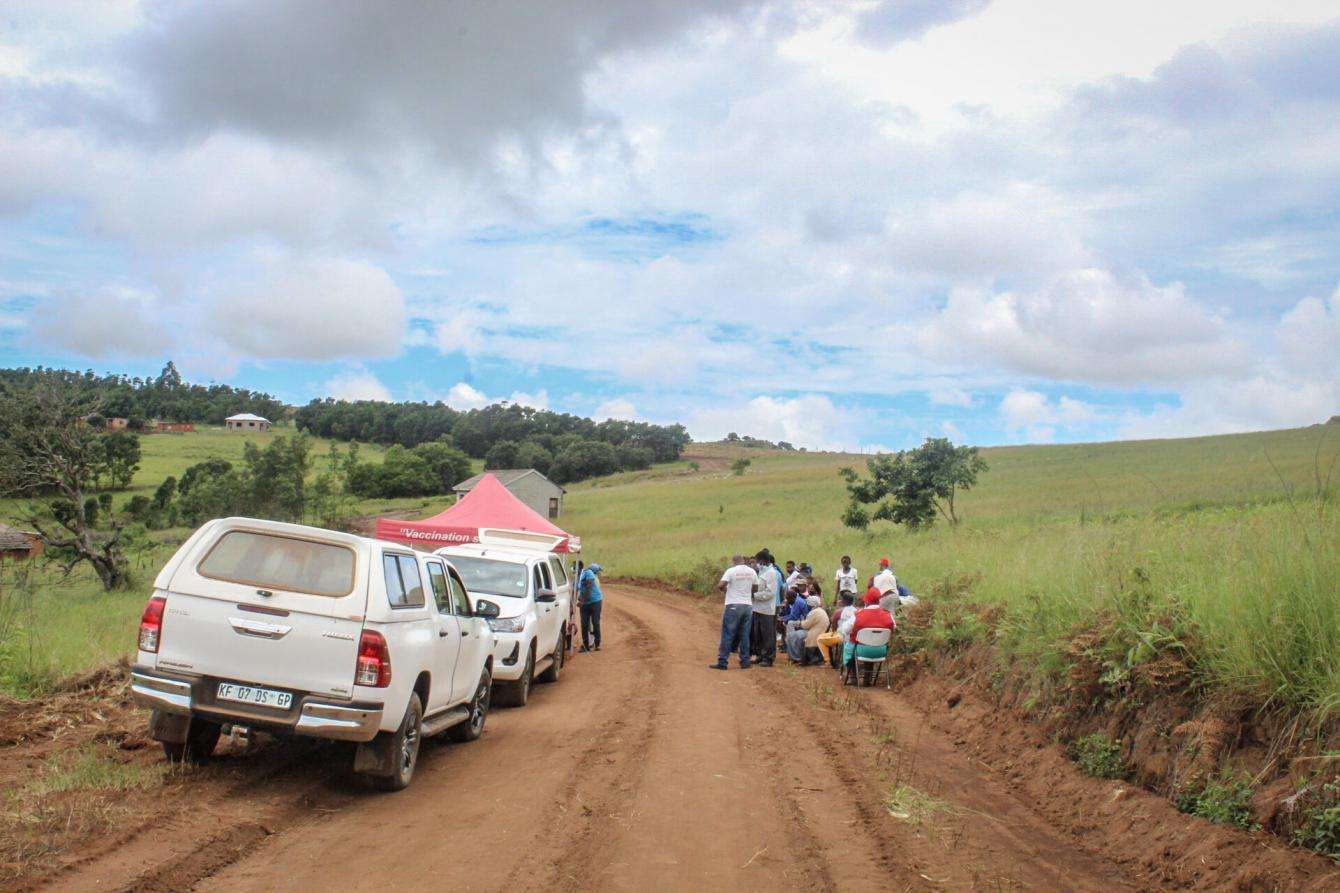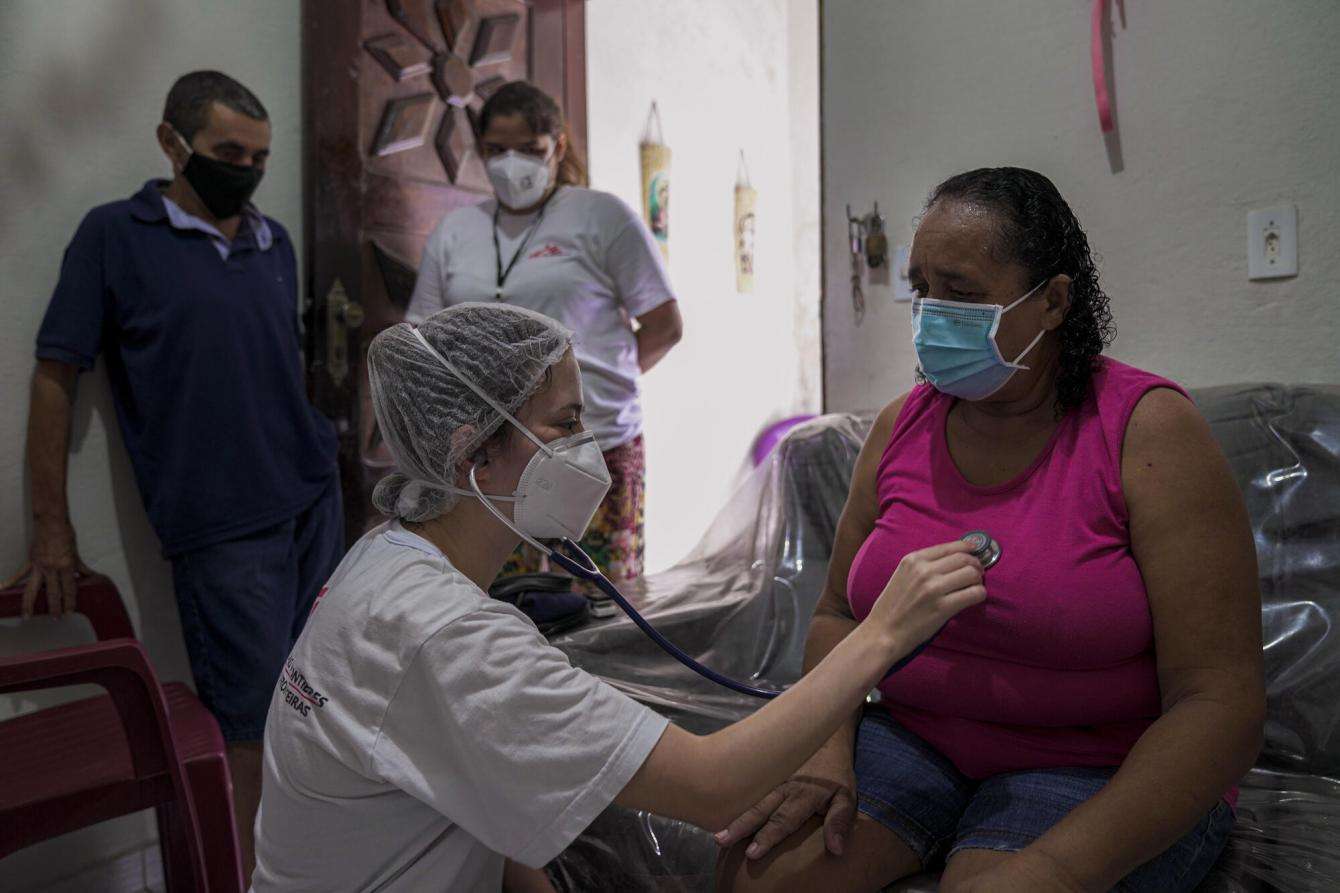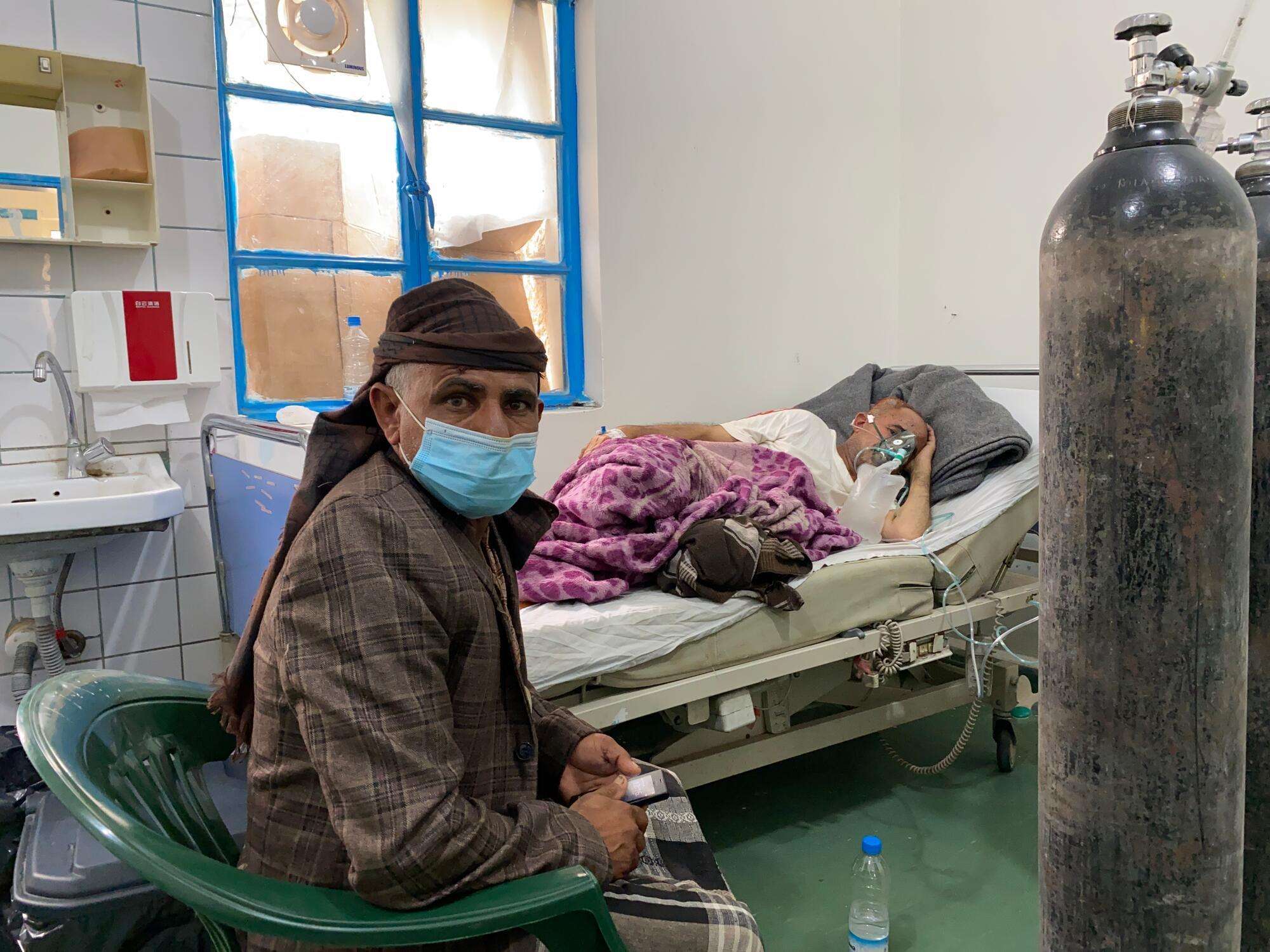By Kate Elder, senior vaccines policy advisor for Doctors Without Borders/Médecins Sans Frontières' (MSF) Access Campaign, and Jessica Malter, consultant
The COVAX Facility is the global vaccine procurement mechanism, set up early on in the COVID-19 pandemic, with the aim of delivering COVID-19 vaccines equitably across the world.
There were high expectations of COVAX from the very start to deliver on its objectives to ensure people everywhere would benefit from and be protected by new vaccines against the COVID-19 virus.
However, the promises for fair access for everyone have not been realized. While we can all agree that the rapid rate at which scientists produced multiple highly effective COVID-19 vaccines has been an epic public health achievement, efforts to equitably distribute those same lifesaving vaccines have been an epic failure, and today we still face unacceptable inequalities in vaccine access around the world.
Today only 10 percent of people in low-income countries have received at least one COVID-19 vaccine dose, compared to 77 percent in high-income countries.
Here we share our analysis of why COVAX has not been the great equalizer we were promised and what needs to happen to improve vaccine equity around the world.
In January 2021, Dr. Tedros Adhanom Ghebreyesus, director-general of the World Health Organization (WHO), said disparities in vaccine access were putting the world on the “brink of a catastrophic moral failure.” One year later, we are no longer on the brink—we have fallen off the cliff.

World leaders such as US President Joe Biden, French President Emmanuel Macron, and UK Prime Minister Boris Johnson have called out the reprehensible inequity in COVID-19 vaccine access. They have pledged billions of dollars in vaccine dose donations. While these donations are urgently needed, it will take much more than charitable efforts to end the terrible injustice that saw wealthy countries hoarding vaccines while the poorest countries were relegated to the back of the line.
As a starting point, global leaders must clearly and openly acknowledge the fundamental reasons why the COVAX Facility, which was meant to ensure equitable access to vaccines, has fallen flat.
Gavi—which was set up 20 years ago to pay for vaccines for the world’s poorest countries and manages the COVAX Facility—blames the lackluster performance primarily on rich countries for hoarding vaccines and pharmaceutical corporations for failing to sell to COVAX or follow through on their purchase commitments. While true, this is not the whole story. COVAX failed for various interconnected reasons, some within Gavi’s control and others not.
For a start, instead of relying on a legitimate government-led process to develop a global vaccine procurement and equal allocation platform, the critical responsibility for COVAX was taken by Gavi, a private-public global health partnership. It is questionable whether Gavi has the broader accountability or oversight needed for a mechanism serving the entire globe.
While it was logical that Gavi would play a role in procuring COVID-19 vaccines for countries where they had already been doing this work, expanding their scope to meet the global COVID-19 response went well beyond their existing mandate. This lack of appropriate governance at the very start of the process had damaging knock-on effects on the performance of the COVAX Facility.

In the absence of any larger oversight, Gavi designed COVAX with a small group of like-minded advisors, primarily global north philanthropists, academics, and consultants. Notably absent were the critical perspectives of regional bodies such as the Africa Centers for Disease Control and Prevention and any meaningful representation from low- and middle-income countries.
That there was minimal opportunity for the governments that would be the most reliant on COVAX for vaccines to help shape and inform its structure not only took ownership away from these countries but also undermined COVAX’s ability to succeed.
With only like-minded thinkers in the room, Gavi stuck with what they knew and structured COVAX to operate in the current paradigm of market dynamics, an ill-suited approach for a global pandemic that requires sharing the fruits of medical innovation equitably across the world. The COVID-19 pandemic saw the entire world needing vaccines at the same time. So in addition to the challenge of ensuring equitable distribution of doses, the problem that COVAX needed to tackle was “over-demand."
The way to meet this demand is by expanding vaccine manufacturing through measures such as vaccine technology transfers and intellectual property waivers, yet COVAX failed to address the issue of over-demand. This was a challenge that Gavi—a public-private partnership (PPP)—has faced before: what happens inevitably in such arrangements is that pharmaceutical private-sector actors have the upper hand, and public-sector partners are unwilling to challenge their power and push for conditions that might ensure broader access.
The exclusivity that characterized COVAX’s design process is also reflected in its decision-making and governance processes. The insular nature of Gavi and its resistance to taking advice from outsiders has led to questionable policy decisions that further undermined COVAX.
Most notably was its initial decision to rely on the Serum Institute of India as the primary vaccine supplier for lower-income countries. This was a decision that returned to haunt Gavi. In March 2021, just as COVAX was getting off the ground, India halted all vaccine exports to address their own overwhelming outbreak of COVID-19. Deliveries ceased, leaving COVAX and the many countries relying on them, empty-handed.
In developing COVAX, Gavi also failed to take into account obvious political realities. The “market shaping” premise of COVAX—that by aggregating global demand for future COVID-19 vaccines, they would be the most attractive customer for industry—was dependent on high-income countries participating as self-financing partners. This would provide the funding needed for COVAX to make advance purchase agreements with manufacturers and mitigate vaccine hoarding by high-income countries.
But that’s not how it played out. By August 2020, wealthy countries had already pre-ordered more than two billion doses of future COVID-19 vaccines in bilateral deals and had little incentive to purchase through COVAX. Right off the bat, COVAX found itself competing to purchase vaccines against the very countries they were courting, and without the funds needed to interest pharmaceutical corporations. In competing against the wealthiest countries, COVAX lost. It was naïve at best and irresponsible at worst for Gavi to tether COVAX’s success to the supposition that rich countries would not put the needs of their populations above all others.
So, where do we go from here to correct the current failures, and prevent their repetition in future pandemics?
There are immediate adjustments to the mechanism that could help improve access to COVID-19 vaccines. This includes restructuring COVAX’s governance and decision-making processes so that low- and middle-income countries, regional bodies, and civil society have meaningful inclusion and influence in the decisions of COVAX. Gavi should also create a clear roadmap for 2022 in consultation with regional bodies, procurement experts, and manufacturers, and transparently provide ongoing updates on progress against goals.
Beyond these immediate measures, there are broader systemic changes that must finally be addressed if the world is going to avoid repeating these mistakes in the future.
The first step towards this change is to mitigate the inherent limitations and weaknesses of PPP approaches to global health, and avoid using them as much as possible. What is needed is a rebalancing of the power dynamics between the market-driven private sector and health-driven public interest, and between high-income and low- and middle-income countries.
As pandemic preparedness work proceeds, WHO and governments must ensure we do not repeat the mistakes of the COVAX model in future pandemic responses. Equity in access to medicines will remain elusive during this pandemic and beyond until that happens.

